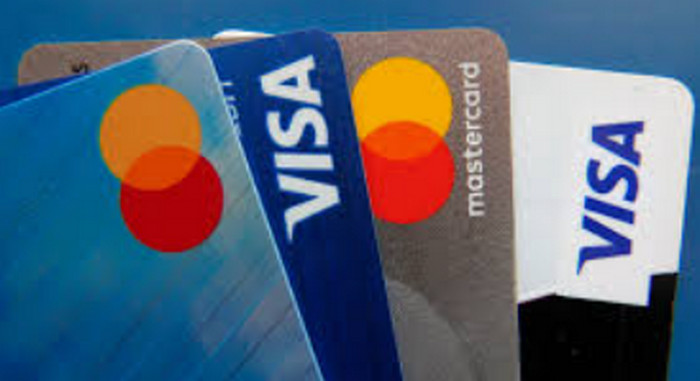Many people are very concerned about credit card interest rates, particularly during uncertain economic times. Having a better understanding of the possible decline in these rates will enable you to handle your money more skillfully. Here’s a thorough examination of the variables affecting credit card interest rates, along with an outlook and preparation tips.
Current Measures of the Economy
Interest rates on credit cards are mostly determined by the actions of the Federal Reserve. There have been talks lately on possible rate reductions brought on by a number of economic factors:
Inflation: The Federal Reserve frequently raises interest rates in an effort to reduce expenditure when inflation is high. In order to promote economic development, the Fed may decide to lower rates if inflation appears to be stabilizing1.
Employment: Interest rates usually remain stable when the job economy is robust. On the other hand, the Fed may decide to lower rates in order to promote hiring and spending if unemployment increases2.
Economic Growth: As the Fed seeks to increase investment and spending, slower economic growth may result in lower interest rates.3.
Anticipated Variations in Rates
In the near future, credit card interest rates may experience a slight decline, according to experts. The Federal Reserve’s policies and existing economic data suggest that interest rates could decrease by 0.25% to 0.5% this autumn1. Even though this reduction might not have a significant impact on your monthly payments right now, it might indicate a trend toward larger cuts in the months to come.
For example, the CEO and founder of TomoCredit, Kristy Kim, says that by early next year, especially in January or February, we might witness additional notable rate reductions1. Credit card customers who have been burdened by high-interest debt may find some respite from their debt thanks to this prospective decline in interest rates.
Effect on Debt from Credit Cards
Interest rate reductions, no matter how slight, can make a big difference in your credit card debt. Here’s how to do it:
Reduced Interest costs: If interest rates drop, your outstanding balances will incur reduced interest costs. This can lower the overall amount you owe and help you pay off your debt more quickly.
Better Cash Flow: You’ll have more money available for other bills or to pay down your principle balance faster if your monthly interest payments are reduced.
Improved Financial Planning: You can make better financial plans if you are aware that interest rates will probably drop. You may choose to refinance at a reduced rate or to combine your debt.
Taking Care of Credit Card Debt
It’s critical to aggressively manage your credit card debt while you wait for possible interest rate reductions. The following are some tactics:
Aim to Always Pay More Than the Minimum: Whenever possible, try to pay off your credit cards in full. This cuts interest charges and reduces your principal balance more quickly.
Debt Consolidation: Take into account combining your credit card debt into a loan with a reduced interest rate. By doing this, you can pay less interest overall and simplify your payments.
Search for credit cards that provide 0% annual percentage rate (APR) for balance transfers. By doing this, you may be able to avoid paying interest and accelerate the repayment of your loan.
Budgeting: To keep track of your earnings and outlays, make a budget. Set aside money in your budget just for credit card debt repayment.
Seek Professional Assistance: If you’re having trouble managing your debt, you might want to speak with a credit counselor or financial advisor. They can offer you tailored guidance and assist you in creating a plan for paying off your debts.
Extended Prognosis
The Federal Reserve’s policies and the state of the economy are two major determinants of credit card interest rates in the long run. Although rates are predicted to drop somewhat this autumn, further drops may happen over the course of the following 12 to 18 months3. The consumers who are burdened with high-interest credit card debt may find great relief from this gradual drop.
It’s crucial to remember that the policies of certain credit card issuers as well as rate changes made by the Federal Reserve have an impact on credit card interest rates. Credit card businesses may choose not to fully pass on rate reductions from the Federal Reserve to customers. The gap between the prime rate and the credit card interest rate, or the APR margin, has been rising over time2. This implies that even if the prime rate drops, your credit card’s actual interest rate can still be rather high.
In summary
It is essential to comprehend the possible decline in credit card interest rates if you want to control your debt and make financial plans. Rates are predicted to drop somewhat this autumn, but larger drops may happen in the upcoming weeks and months. You may manage your credit card debt proactively and make better financial decisions by keeping up to date on Federal Reserve policy and economic data.
Recall that maintaining sound financial practices is crucial, especially in the event that interest rates decline. When feasible, combine debt, make larger payments than the minimum, and, if necessary, seek professional guidance. You can lessen your debt load and attain greater financial security by doing this.

